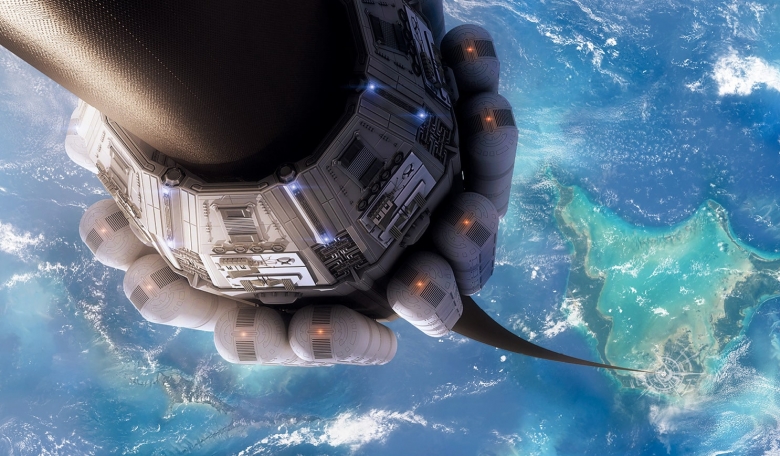Is it just an engineering meme or a monumental bridge to our off-planet future? What are the key issues for constructing and deploying one and then keeping it aloft and what constraints and challenges will be faced? In this article Martin Lades considers the concept, the existing competition and the outlook for Space Elevator research. The first elevator may be as expensive as the Space Shuttle but its successful construction would represent a paradigm shift and a commitment to space. So how close are we to the dream of simple access to space for all, at the push of a button, through an infrastructure similar to the 19th century transcontinental railroads in the United States?
Konstantin Tsiolkovsky’s statement, from a letter in 1911 [1], still holds: “a planet is the cradle of humanity, but one cannot live in the cradle forever”. Mother Earth, however, makes leaving hard!
A combination of high total mass and density results in high surface gravity. We have tried to overcome this with chemical rockets, governed by Tsiolkovsky’s rocket equation [2] which relates the delta-v, the maximum velocity difference of the rocket if no other external forces act, reached by a manoeuvre to the ratio of the initial and final mass of the rocket and the (effective) exhaust velocity out of the nozzle. A high delta-v is required to reach low Earth orbit (LEO) to remain in space.














